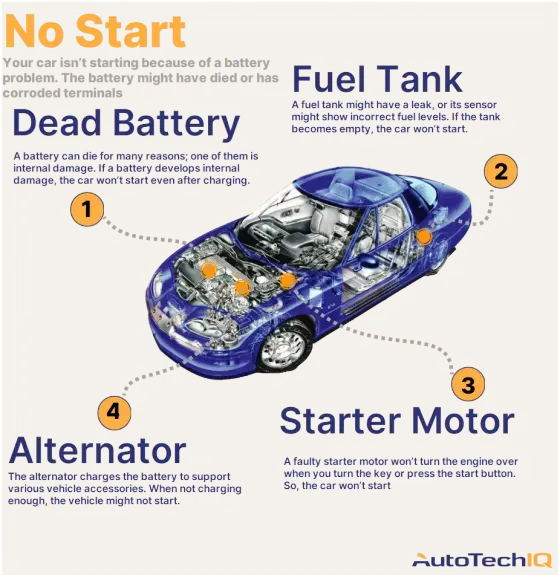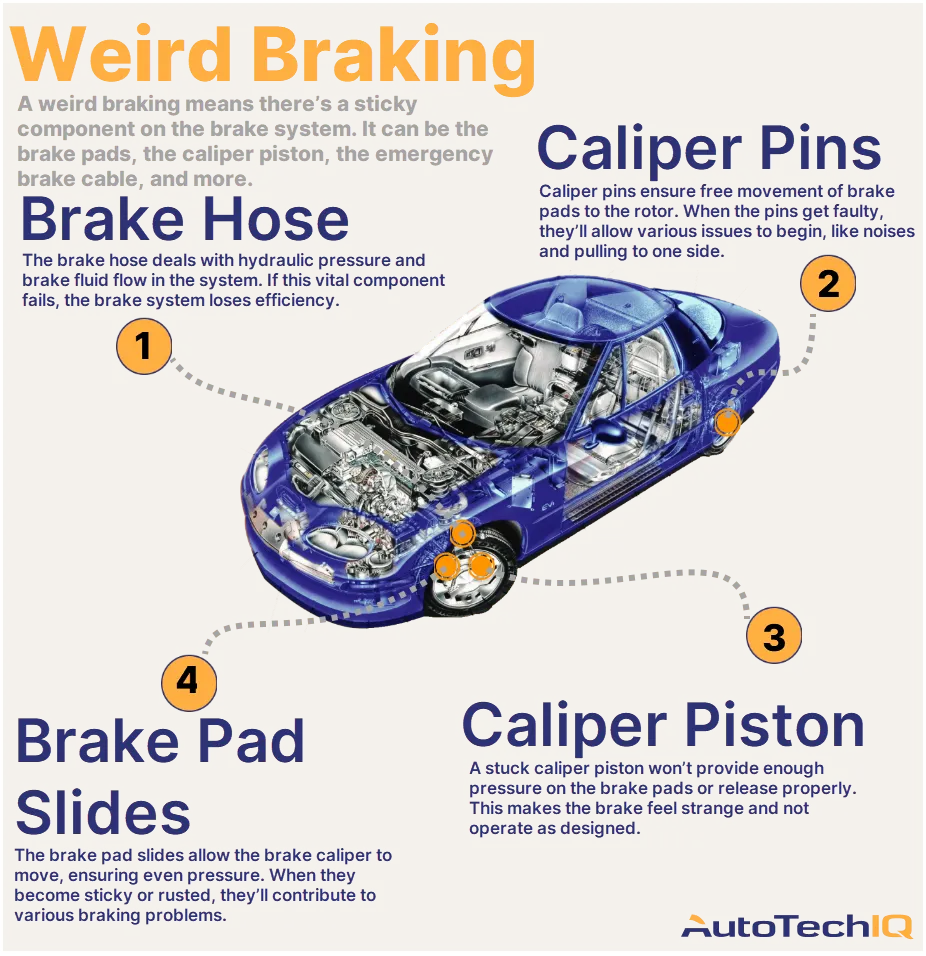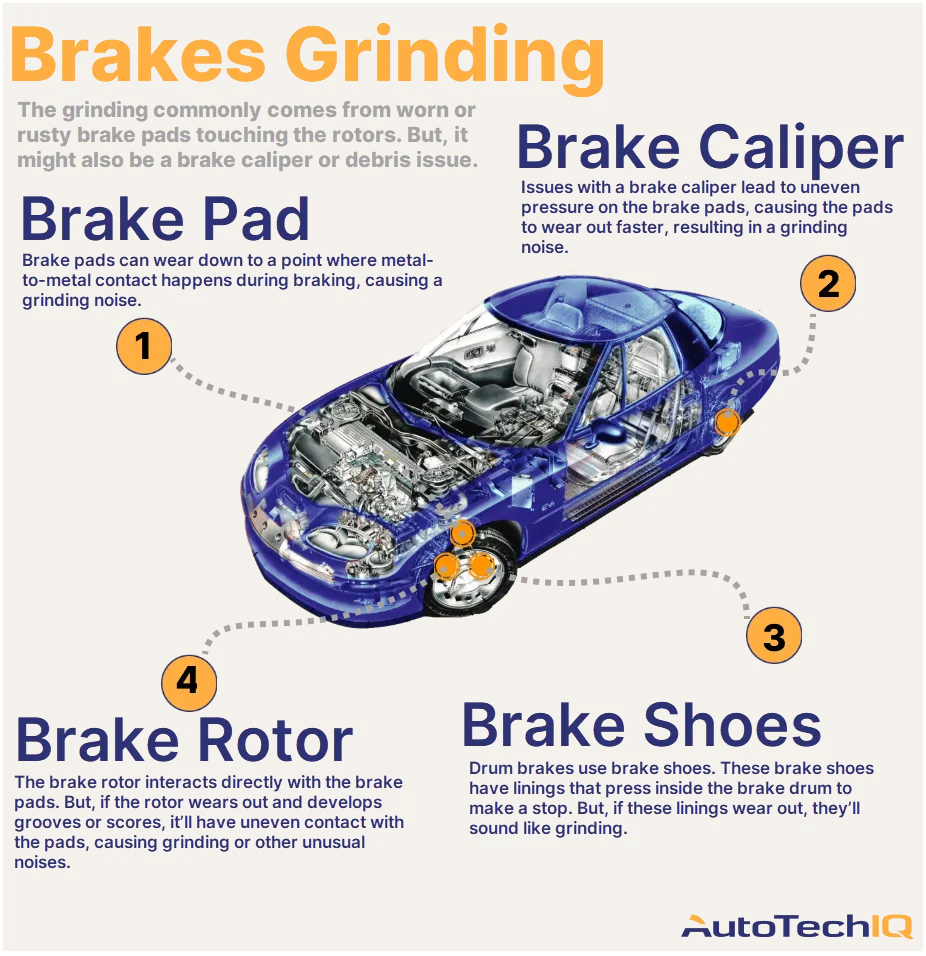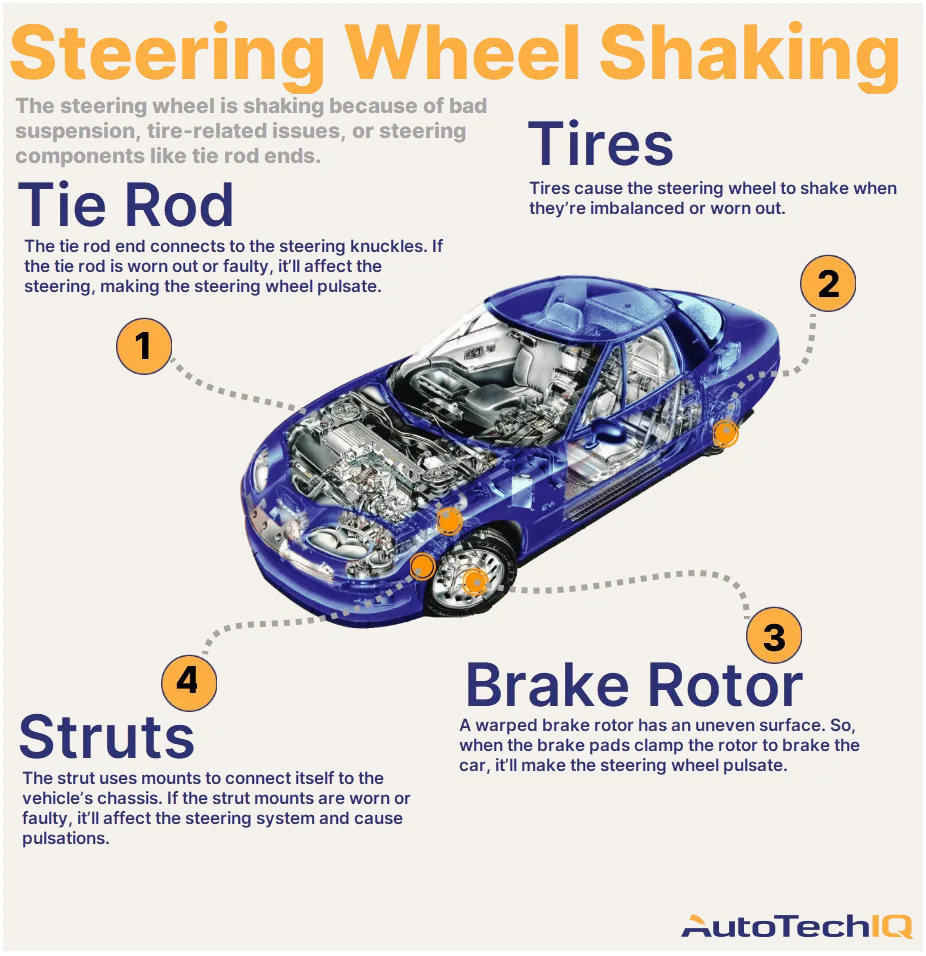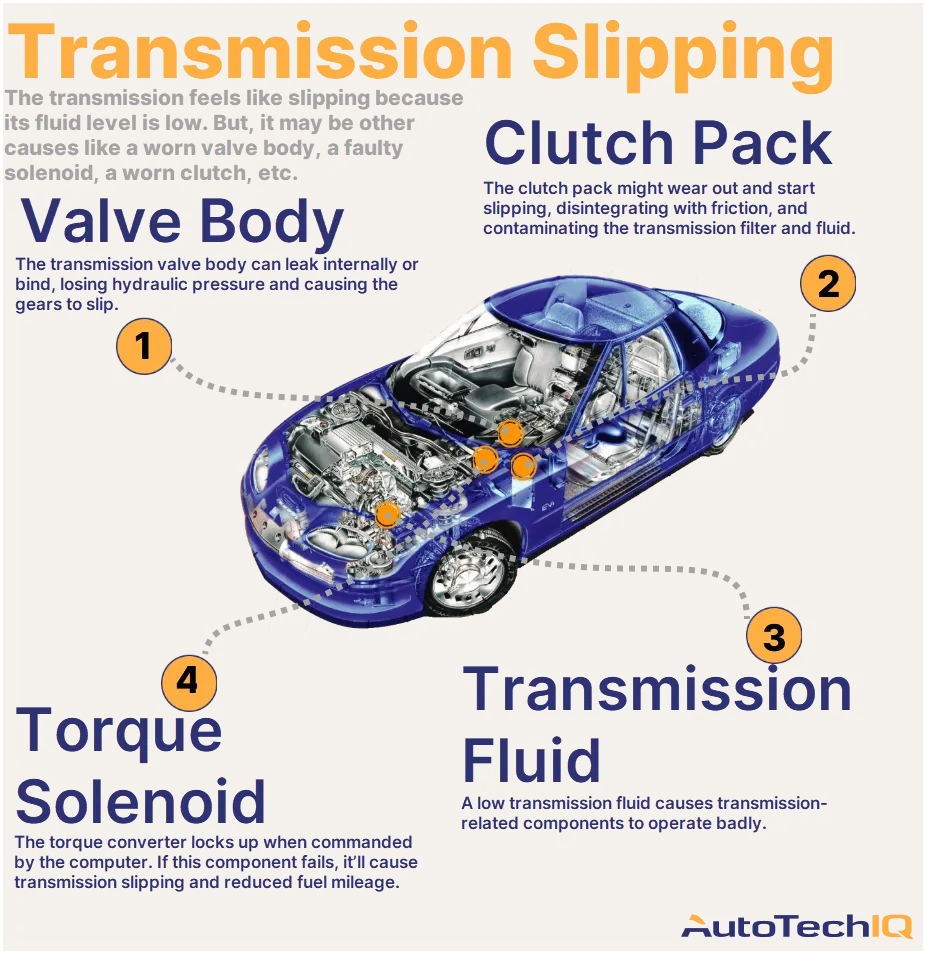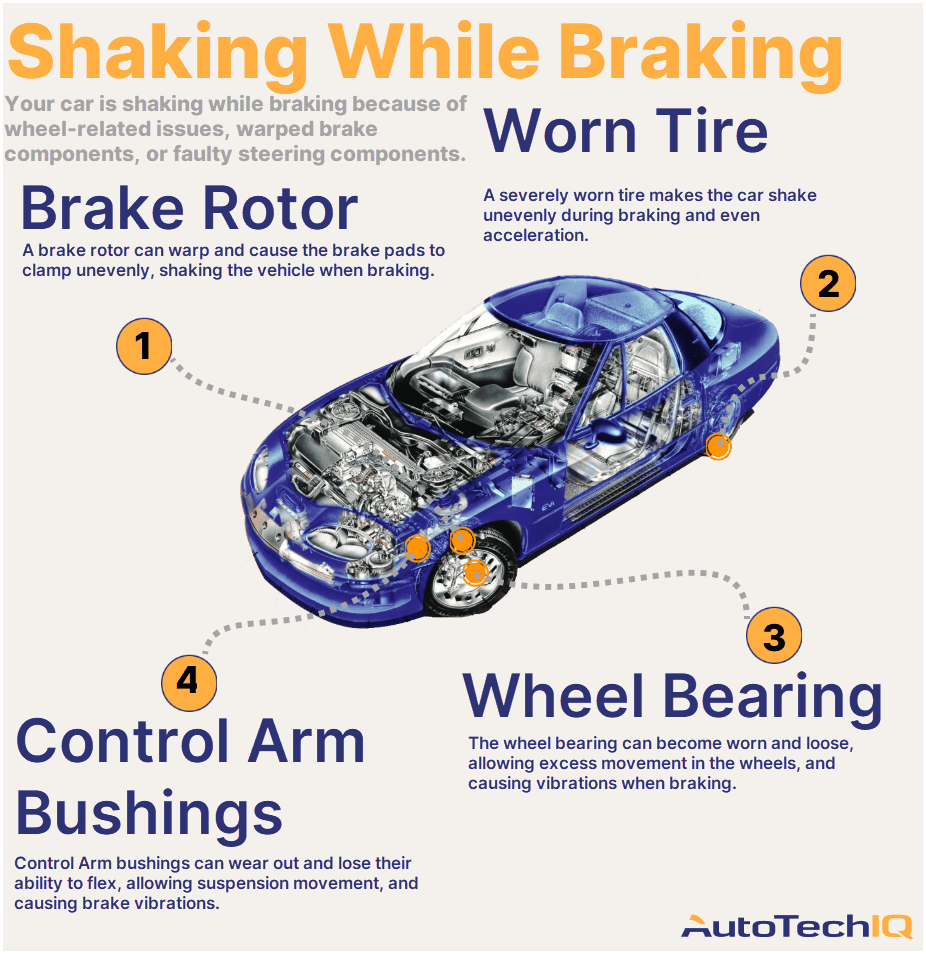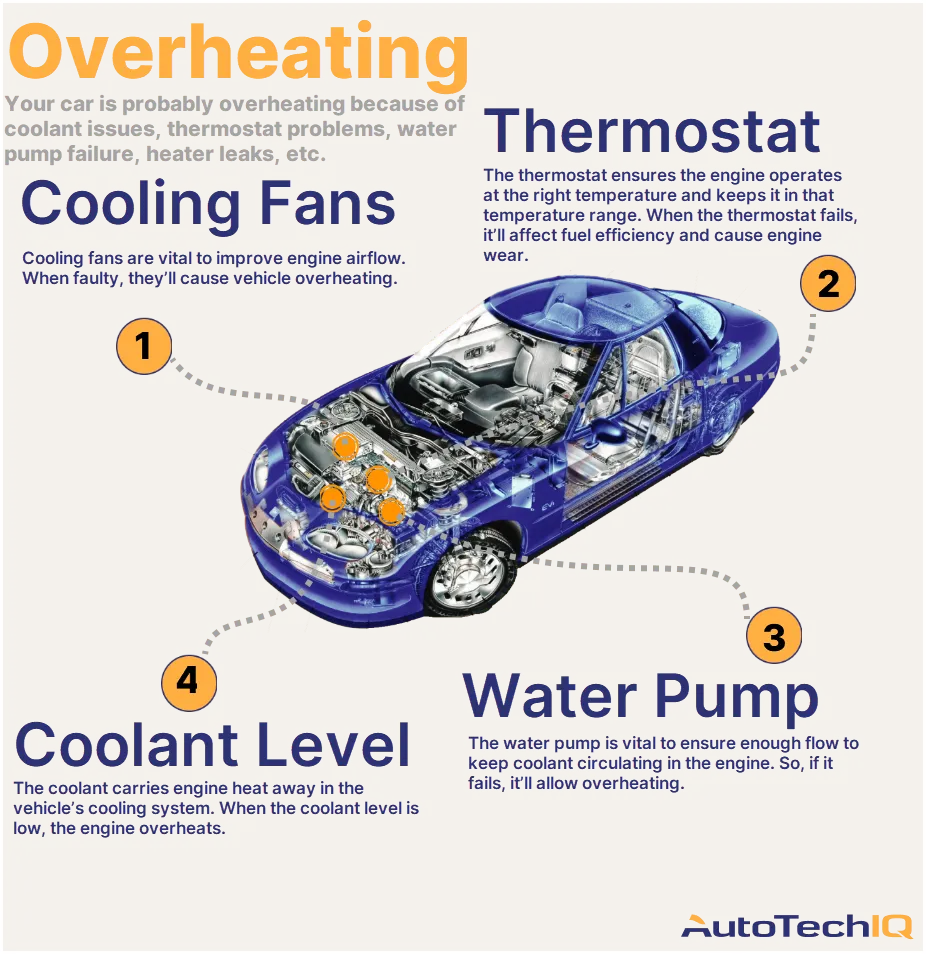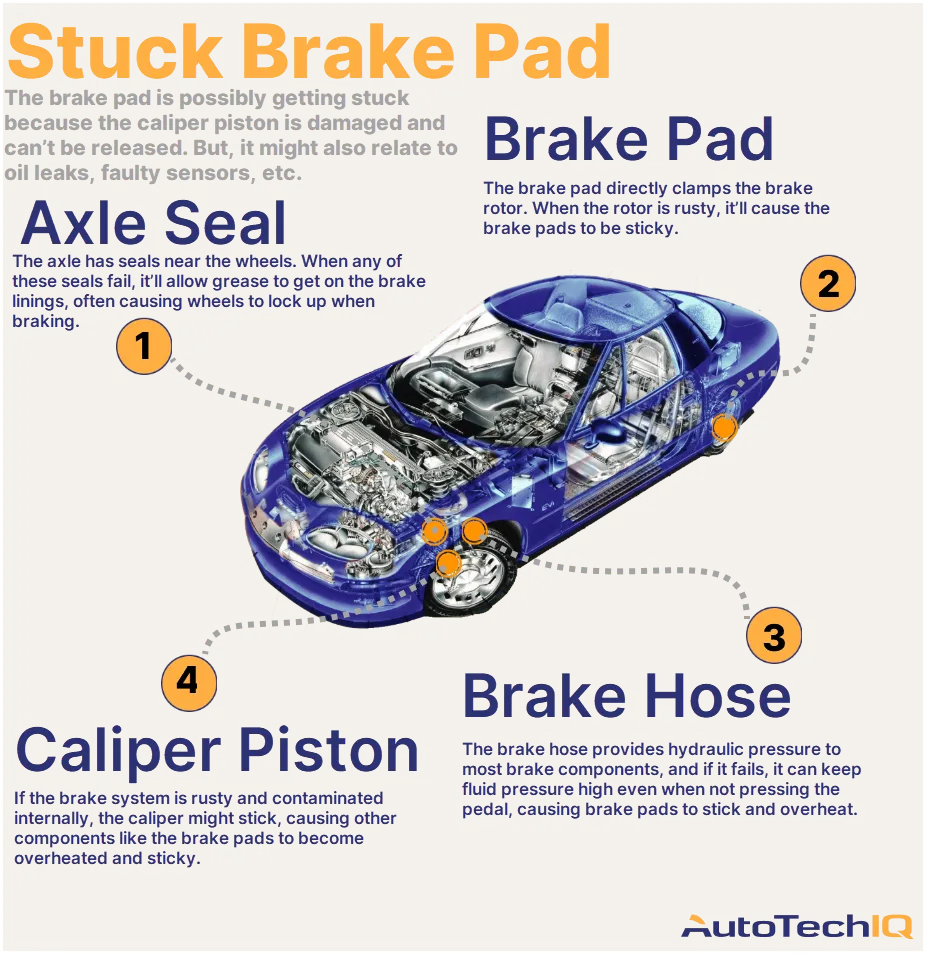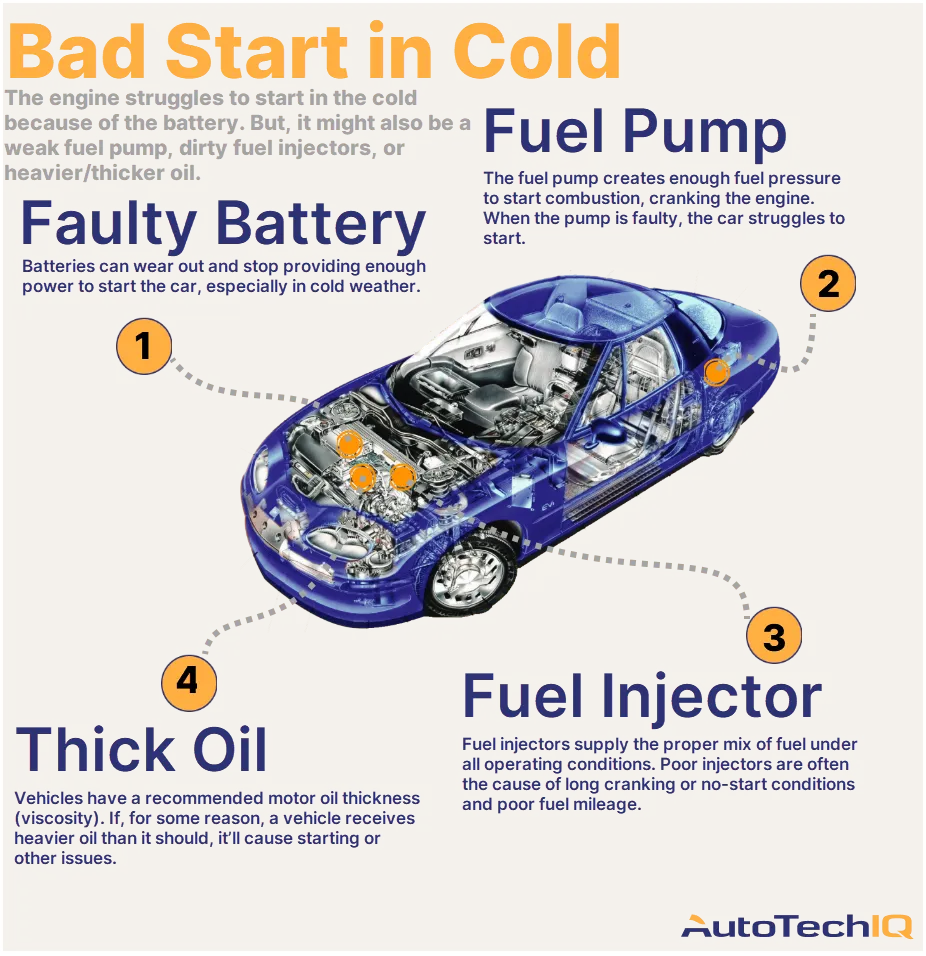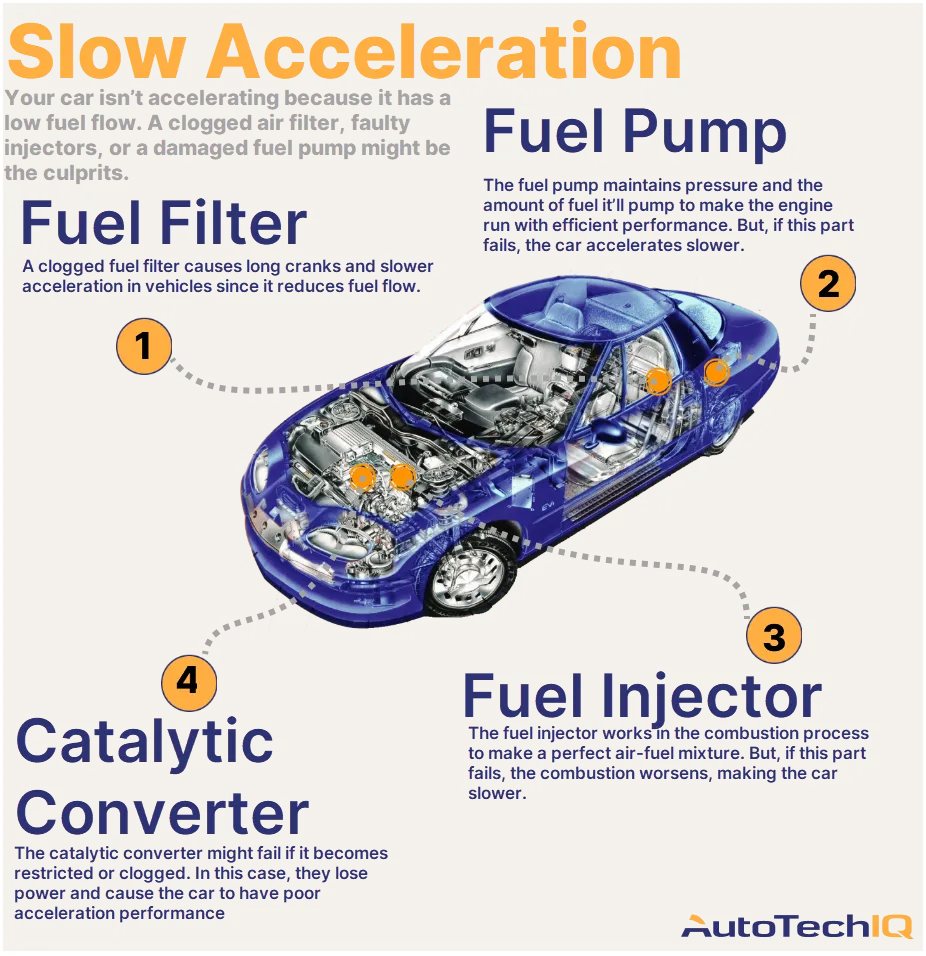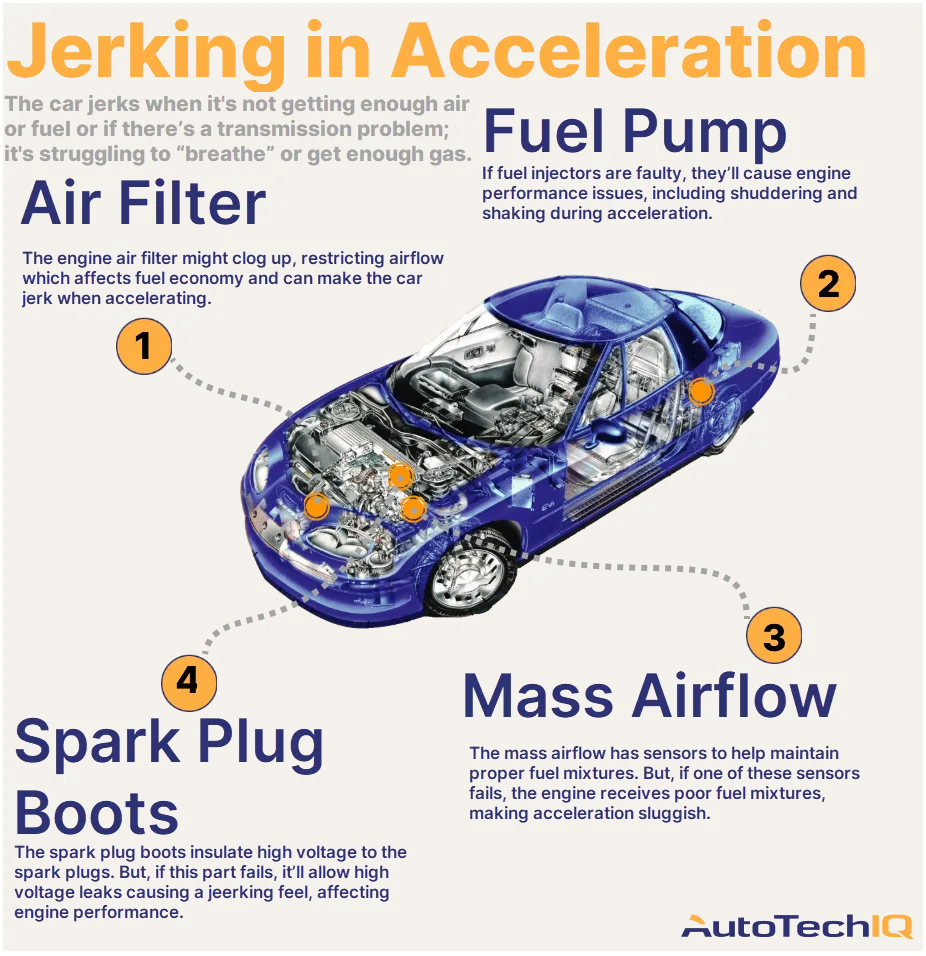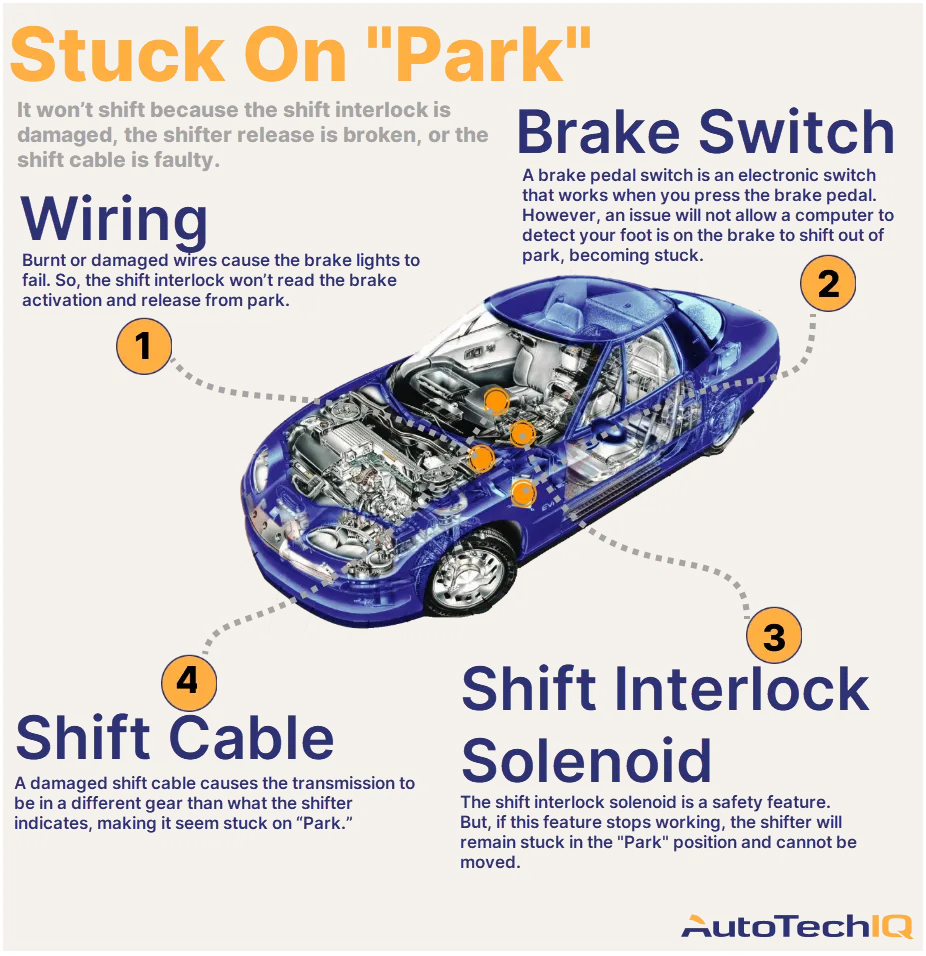Transparency example in a faulty camshaft service
A charging system inspection is the most transparent process to understand why your vehicle’s battery is faulty. This is because many components surrounding the battery and charging system components like the alternator and serpentine belt can have a say in the issue, indicating the real culprits that caused it all.
Let’s read an example of how this kind of inspection helps to service a weak battery, fixing a starting problem.
A customer came to the service center with a problem. They had trouble starting their vehicle and noticed that the engine cranked slowly. They didn't try to jump-start the car.
A technician jump-started the car using a jump box and drove it into the service bay. They didn't notice any unusual behavior while the car ran.
They conducted a vehicle health inspection and found the battery under the passenger seat. But, unfortunately, the battery voltage was too low even to turn on a battery tester.
The technician charged the battery for 20 minutes and tested it. Unfortunately, the battery failed the load test, requiring replacement. The technician recommended that the customer replace the battery to get their vehicle running again.

In this case, the mechanic put the “Immediate Action” tag on the battery.
